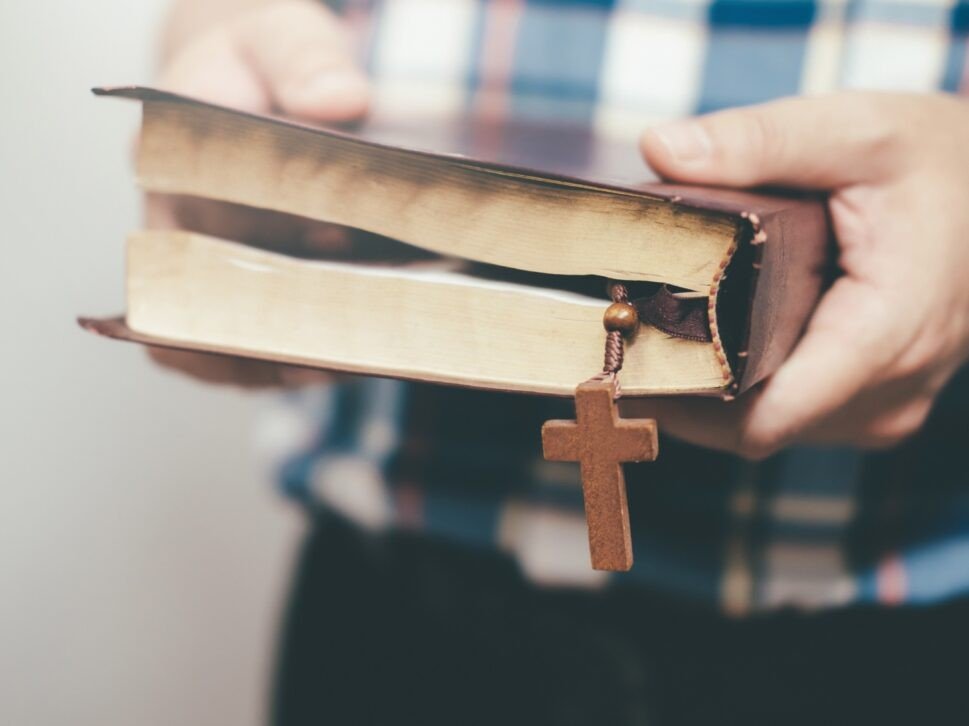Nehushtan là gì?
Người phá hủy các nơi cao, đập bể những trụ thờ, đánh hạ các A-sê-ra, và bẻ gãy con rắn đồng mà Môi-se đã làm; bởi vì cho đến khi ấy dân Y-sơ-ra-ên xông hương cho nó người ta gọi hình rắn ấy là Nê-hu-tan.
II Các Vua 18:4
The word Nehushtan occurs one time in the Bible, in 2 Kings 18:4, “He [Hezekiah] removed the high places and broke the pillars and cut down the Asherah. And he broke in pieces the bronze serpent that Moses had made, for until those days the people of Israel had made offerings to it (it was called Nehushtan).”
Đức Giê-hô-va sai con rắn lửa đến trong dân sự, cắn dân đó đến đỗi người Y-sơ-ra-ên chết rất nhiều.
Dân-số Ký 21:6
Second Kings 18:4 points back to Numbers 21:6–9, “Then the LORD sent fiery serpents among the people, and they bit the people, so that many people of Israel died. And the people came to Moses and said, ‘We have sinned, for we have spoken against the LORD and against you. Pray to the LORD, that he take away the serpents from us.’ So Moses prayed for the people. And the LORD said to Moses, ‘Make a fiery serpent and set it on a pole, and everyone who is bitten, when he sees it, shall live.’ So Moses made a bronze serpent and set it on a pole. And if a serpent bit anyone, he would look at the bronze serpent and live.”
Ngươi chớ làm tượng chạm cho mình, cũng chớ làm tượng nào giống những vật trên trời cao kia, hoặc nơi đất thấp nầy, hoặc trong nước dưới đất.
Xuất Ê-díp-tô Ký 20:4
In the time between Moses and Hezekiah, the Israelites began worshiping the “fiery serpent” Moses made out of bronze. It is only mentioned in connection with Hezekiah’s reforms, but the Nehushtan worship could have been taking place long before Hezekiah. While it is understandable how an item that brought miraculous healing could become an object of worship, it was still blatant disobedience to God’s commands (Exodus 20:4–5). The bronze serpent was God’s method of deliverance during the incident recorded in Number 21. There is no indication that God intended it to ever be used again.
While He does not refer to it as “Nehushtan,” Jesus does mention the bronze serpent in John 3:14, “As Moses lifted up the serpent in the wilderness, so must the Son of Man be lifted up.” Just as anyone who was bitten by a serpent could be healed by looking to the bronze serpent Moses lifted up, so can anyone look to Jesus, who was lifted up on the cross, to be spiritually healed, delivered, and saved.
Interestingly, the word Nehushtan appears to simply mean “piece of brass.” Perhaps Hezekiah named it “Nehushtan” to remind people that it was only a piece of brass. It had no power in it. Even in the Numbers 21 incident, it was God who healed, not Nehushtan.
Nehushtan should be a powerful reminder to us all that even good things—and good people—can become idols in our lives. Our praise, worship, and adoration are to be directed to God alone. Nothing else, regardless of its amazing history, is worthy.
* Kinh Thánh Tham Khảo:
II Các Vua 18:4 - Người phá hủy các nơi cao, đập bể những trụ thờ, đánh hạ các A-sê-ra, và bẻ gãy con rắn đồng mà Môi-se đã làm; bởi vì cho đến khi ấy dân Y-sơ-ra-ên xông hương cho nó người ta gọi hình rắn ấy là Nê-hu-tan.
Dân-số Ký 21:6 - Đức Giê-hô-va sai con rắn lửa đến trong dân sự, cắn dân đó đến đỗi người Y-sơ-ra-ên chết rất nhiều.
Xuất Ê-díp-tô Ký 20:4 - Ngươi chớ làm tượng chạm cho mình, cũng chớ làm tượng nào giống những vật trên trời cao kia, hoặc nơi đất thấp nầy, hoặc trong nước dưới đất.
Giăng 3:14 - Xưa Môi-se treo con rắn lên nơi đồng vắng thể nào, thì Con người cũng phải bị treo lên dường ấy,
* Bản Dịch theo GotQuestions
* Nếu bạn cảm thấy bản dịch này chưa đúng hoặc chưa phù hợp, xin hãy liên hệ và đóng góp bản dịch mới.
* Nếu bạn cảm thấy bản dịch này chưa đúng hoặc chưa phù hợp, xin hãy liên hệ và đóng góp bản dịch mới.
Nếu bạn thích trang này, xin hãy giúp chúng tôi chia sẽ cho bạn bè:
